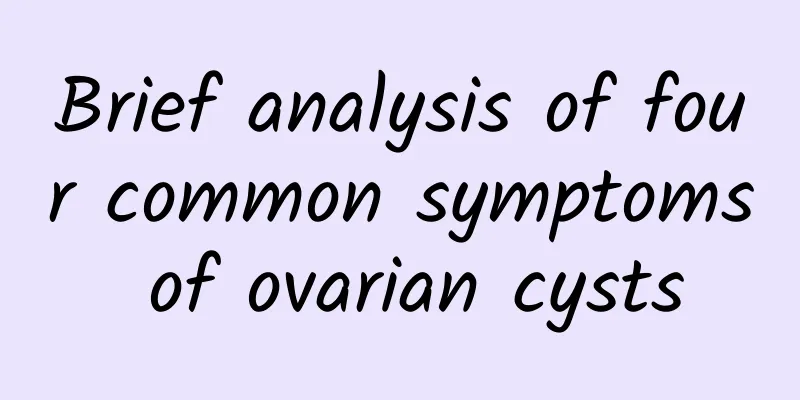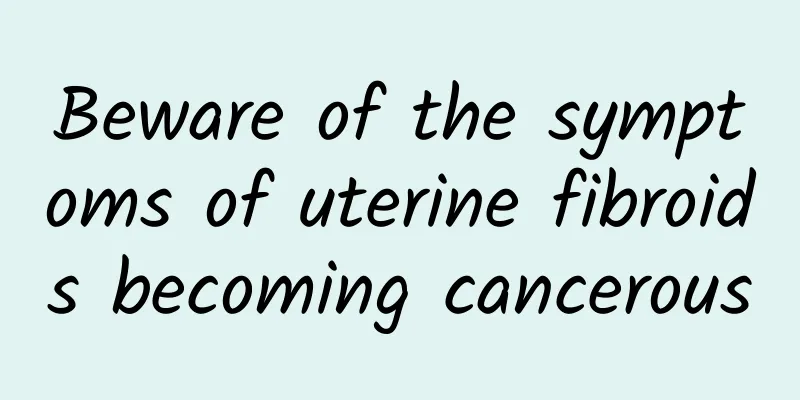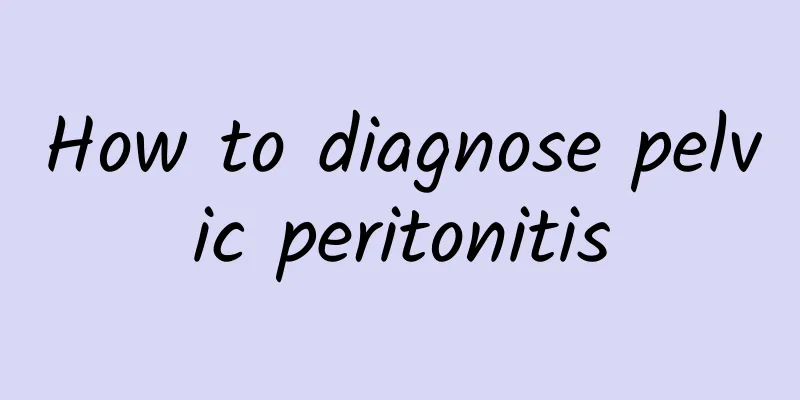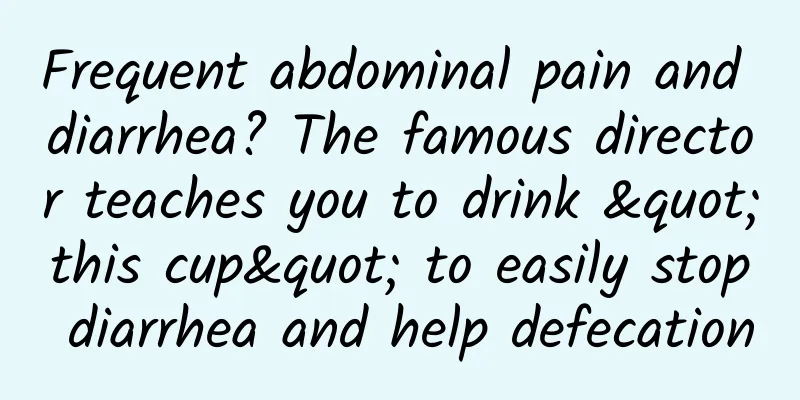What is the difference between curettage and painless abortion? What are the harms of doing too much painless abortion to the body?
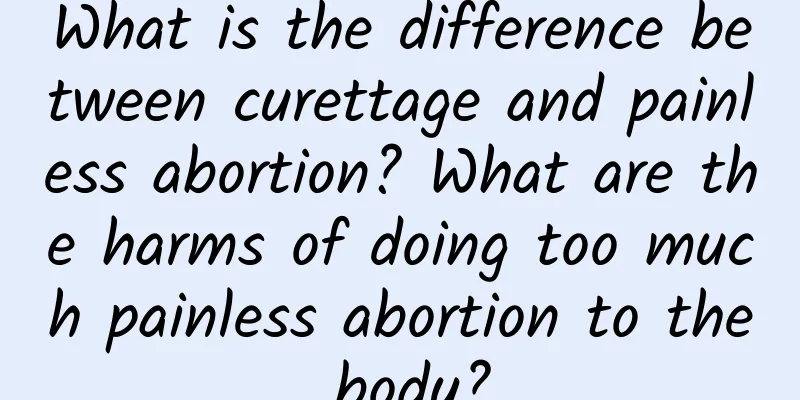
|
Painless abortion and uterine curettage are both common abortion surgeries. Although they are similar in some ways, there are also some differences. At the same time, long-term and frequent painless abortion surgeries may cause some harm to the body. This article will explore the differences between uterine curettage and painless abortion, and analyze the potential harms of long-term use of painless abortion. 1. Uterine curettage vs painless abortion: the difference between surgical methods Uterine curettage is a surgery that completely removes the fetus, placenta and other materials by curettage. It needs to be performed under general or local anesthesia, and sometimes auxiliary drugs are needed to help dilate the cervix. Painless abortion, on the other hand, uses drugs to expel the embryo without surgery. These are two different surgical methods, suitable for different situations. 2. Surgical risks: Painless abortion is safer Uterine curettage surgery requires dilation of the cervix, which carries risks such as bleeding and infection. Painless abortion does not require surgery, which reduces surgical risks. The risk of painless abortion surgery in a regular hospital is relatively low. However, both uterine curettage and painless abortion need to be performed under the guidance of professional doctors to minimize risks. 3. Recovery process: Uterine curettage may take longer Uterine curettage is a more invasive surgery and may take longer to recover. Because the uterine cavity is scraped, it takes a certain amount of time to repair the trauma. Painless abortion surgery is relatively gentler and the recovery time is relatively short. 4. Potential harms of long-term painless abortion Although painless abortion surgery is relatively safe, it may cause some harm to the body if it is performed frequently. Frequent stimulation of the cervix and uterine cavity may cause problems such as cervical relaxation and uterine cavity narrowing. In addition, postoperative hormonal changes may also have adverse effects on the body. Uterine curettage and painless abortion are common termination of pregnancy surgeries. They differ in terms of surgical methods, risks, and recovery processes. Painless abortion is relatively safe, but excessive and frequent painless abortions may cause some potential harm to the body. Therefore, when choosing to terminate a pregnancy, you should make a suitable decision under the guidance of a doctor, taking into account your personal situation and risks. |
Recommend
Is the uterine fluid discharge blood?
Uterine effusion is not necessarily blood, but it...
What are the typical symptoms of adnexitis?
What are the typical symptoms of adnexitis? 1. Th...
Why is Bartholinitis difficult to cure?
In daily life, many female friends are troubled b...
Detailed explanation of the symptoms of vaginitis
Vaginitis is an inflammation of the vagina caused...
Dietary guidance for cervical precancerous lesions
The treatment of cervical precancerous lesions is...
Complications of bacterial vaginosis include
As our daily lives and work become increasingly b...
How to treat uterine fibroids in the short term? Medication methods for uterine fibroids
Western medicine treatment is generally only suit...
What are the causes of cervicitis?
Cervicitis is a common gynecological disease, whi...
Nourish your intestines, improve allergies and enhance immunity! In addition to probiotics and vitamin C, eat beta-glucan to enhance intestinal bacteria
The new coronavirus (Wuhan pneumonia) epidemic is...
What are the symptoms of pelvic inflammatory disease?
As a common gynecological disease, pelvic inflamm...
What is the cause of death from uterine fibroids? Is the mortality rate from uterine fibroids high?
Uterine fibroids are common benign tumors that gr...
How to care after ectopic pregnancy surgery?
How to take care of an ectopic pregnancy after su...
Experts analyze the common causes of ectopic pregnancy
The cause of ectopic pregnancy is a question that...
Memory loss at a young age, is this the beginning of brain aging? Nutritionist: You must supplement these three nutrients to prevent your brain from malfunctioning
Why do I feel that my memory is declining and my ...
Can severe morning sickness lead to miscarriage?
Severe morning sickness can easily cause acidosis...

